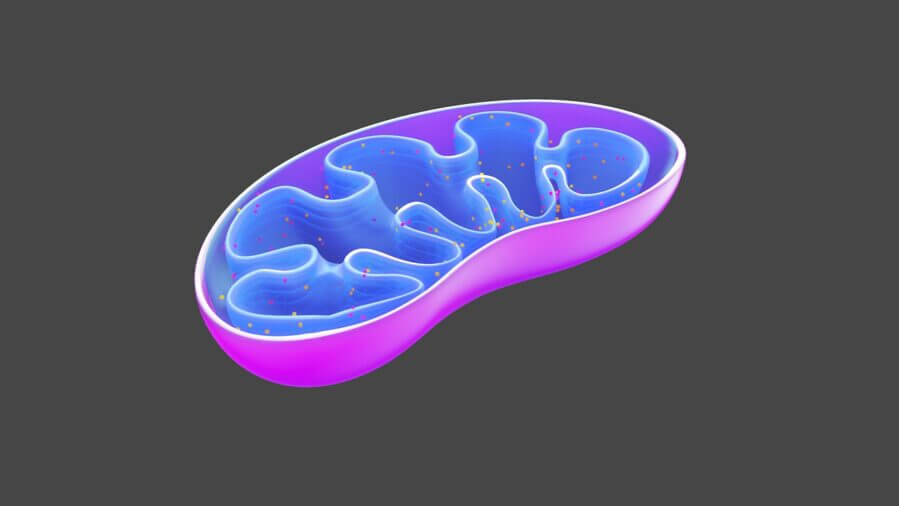A recent study conducted by researchers at the National Institutes of Health (NIH) has shed light on the impact of mitochondrial disorders on the immune system of children.
Published in Frontiers in Immunology, the study, led by scientists at the National Human Genome Research Institute (NHGRI), focused on the gene activities of immune cells in children with mitochondrial disorders. The findings revealed that B cells, responsible for producing antibodies to fight viral infections, exhibit compromised survival abilities under cellular stress, resulting in a weaker and less diverse antibody response.
Dr. Eliza Gordon-Lipkin, assistant research physician in NHGRI’s Metabolism, Infection, and Immunity Section and co-first author of the study, emphasized the significance of their work, stating, “Our work is one of the first examples to study how B cells are affected in mitochondrial disease by looking at human patients.”
Mitochondria, crucial components found in nearly every cell of the body, play a vital role in converting food and oxygen into energy. Mitochondrial disorders, linked to genomic variants in more than 350 genes, manifest varied symptoms depending on which cells are affected. For children with mitochondrial disorders, infections pose a life-threatening risk and can exacerbate the progression of their condition. Dr. Peter McGuire, NHGRI investigator, head of the Metabolism, Infection and Immunity Section, and senior author of the study, explained, “We wanted to understand how immune cells differ in these patients and how that influences their response to infections.”
Approximately 1 in 5,000 people worldwide are affected by mitochondrial disorders, which encompass conditions like Leigh’s syndrome, primarily impacting the nervous system, and Kearns-Sayre syndrome, primarily affecting the eyes and heart. While the impact of mitochondrial disorders on organs such as the heart, liver, and brain is well-known, less is understood about their effect on the immune system.
To investigate this, the researchers employed a genomic technique called single-cell RNA sequencing, which enables the analysis of gene activity in various cell types. They focused on immune cells found in the blood, including different types of white blood cells that aid in fighting infections. Under stressful conditions, these cells produce a microRNA called mir4485, which plays a role in cellular survival. However, in children with mitochondrial disorders, B cells experience cellular stress when they transform into plasma cells to generate antibodies. These B cells attempt to cope by producing mir4485, but their limited energy renders them too fragile to survive the challenging conditions.
To assess the effects of B cells and plasma cells on antibody production, the researchers utilized a technique called VirScan, which examines past viral infections and evaluates the immune system’s ability to combat those infections. The study revealed that the weakened antibody response in children with mitochondrial disorders hampers their immune systems’ capacity to recognize, neutralize, and clear invading viruses, thus increasing their susceptibility to infections.
The researchers intend to employ the insights gained from this study to guide future treatments for patients with mitochondrial disorders, emphasizing the need for further translational studies in this research domain. As the understanding of the intricate relationship between mitochondrial disorders and the immune system deepens, advancements in targeted therapies hold the potential to enhance the lives of those affected by these conditions.


